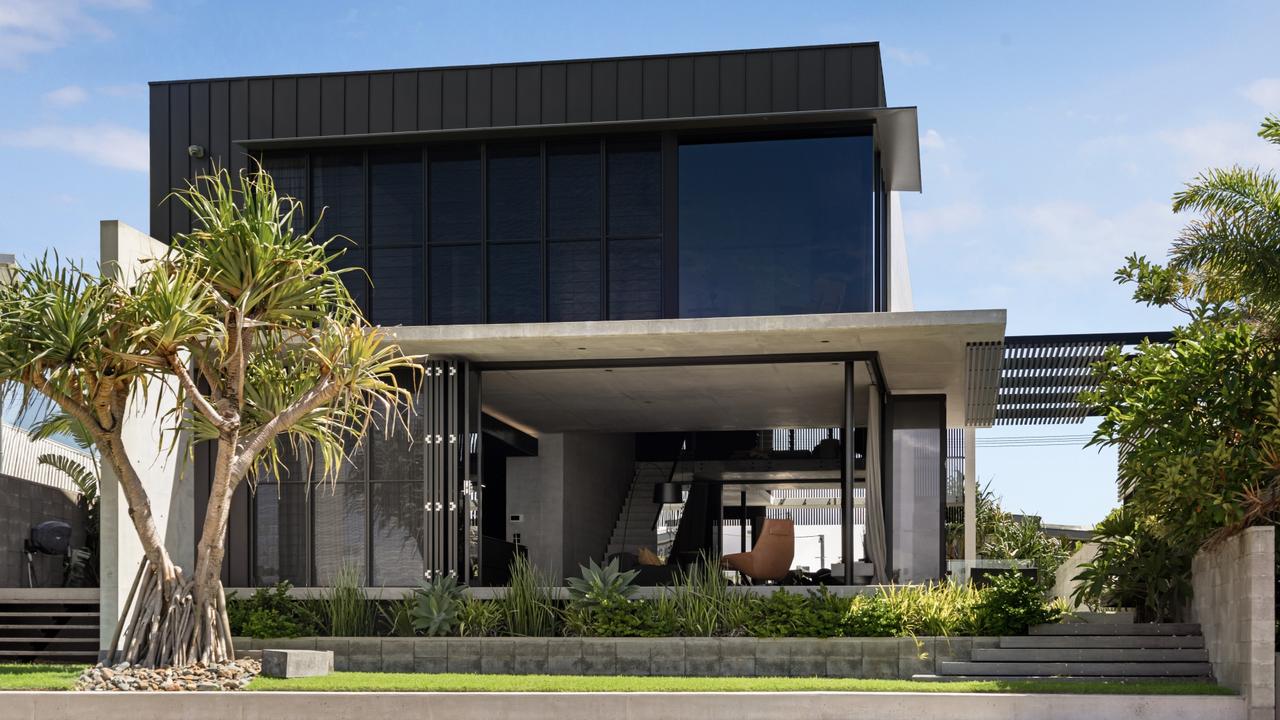Housing forecasts tip bull year but slowing once stimulus wears out
The home market will see healthy gains but could be in for a reversal in coming years as migration tails off

Forecasters have taken a far more bullish stance on the national housing market this year but it faces short-term hurdles as stimulus rolls off and a longer-term demand slump unless migration recovers.
The wave of more bullish forecasts from banks and funds houses has come as starts on new housing are being bumped up by government programs to spark the job creating construction industry.
Borrowers are also riding a wave of cheap interest rates although pockets of pain are tipped to emerge as programs like JobKeeper come off shortly.
Research house SQM managing director Louis Christopher said influence of interest rates on home prices had strengthened as Australians had racked up more debt against their properties.
“I suspect its more sensitive to interest rates than five to 10 years ago,” he said. “If we were to see a 25 basis point change in rates that would immediately slow the housing market.”
SQM had forecast a 5-9 per cent rise in dwelling prices over 2021 in capital cities. But if the JobKeeper scheme ends as slated in March, and there is not an alternative stimulus, “then that’s going to be a negative for housing”, according to Mr Christopher.
“I believe that JobKeeper has been holding together the economy and the housing market as well,” he said.
Westpac economists have pulled forward their forecast of a 15 per cent price surge by six months and they now expect a cumulative 14 per cent home price gain over calendar 2021 and 2022.
Slightly more cautious is AMP Capital chief economist Shane Oliver who tips Australian home prices to rise another 5 per cent or so this year, backed by record low mortgage rates, government home buyer incentives, income support measures and bank payment holidays.
But he cautioned that the stop to immigration and weak rental markets would likely weigh on inner city areas and units in Melbourne and Sydney.
Government policy is also driving an unexpectedly high level of activity into the market, particularly among first home buyers.
The Morrison government’s HomeBuilder package has driven a surge in housing commencements, with more than 75,0000 applications for the $25,000 grant after a year end surge in 2020.
UBS expects more applications for the tapered $15,000 grant, which expires in March, and forecasts a lift in building, particularly of houses.
The higher than expected take-up of the stimulus measures could upset other parts of the market, with UBS noting that as first home buyers shift out of rentals into new houses over the next year or so, there was potential for oversupply that would cause further declines in rents, unless migration rebounds strongly.
However, the investment bank is increasingly bullish on the prospects of higher prices.
UBS economist George Tharenou expects house prices to rise by 5-10 per cent year-on-year but also sees some upside with the risk of a 10 per cent plus jump, particularly given the planned repeal of responsible lending rules.
Meanwhile, Reserve Bank governor Philip Lowe has downplayed house prices and the need for macro prudential tightening, with UBS expecting the central bank to wait for the government stimulus measures to expire.
Jefferies equity analysts Sholto Maconochie and Andrew Dodds tip that residential property developers will “shine” this year due to the stimulus pulling forward demand.
They said that despite a lack of overseas migration the market had been supported by bank moratoriums, lower rates and borrowing costs, as well as the proposed changes to responsible lending and lack of stock.
They expect a further 10-20 per cent gain in home prices in 2021, with increased government grants and stamp duty concessions producing record demand, particularly for new land projects.
This had pulled forward demand, which should remain strong in this year, but they expect this may slow in 2022.
After years of developers saying that not enough homes were built they flagged a switch to housing oversupply as population growth stalls.
“Internal Jefferies modelling suggests Australia will switch from an underlying cumulative deficit of housing to surplus in fiscal 2022,” they said.
New dwelling approvals have tracked population growth with a lag of two to three years and they warn if this pans out, the bump in stimulus fuelled dwelling approvals may lead to weakness after fiscal 2022 if government support is withdrawn.




To join the conversation, please log in. Don't have an account? Register
Join the conversation, you are commenting as Logout